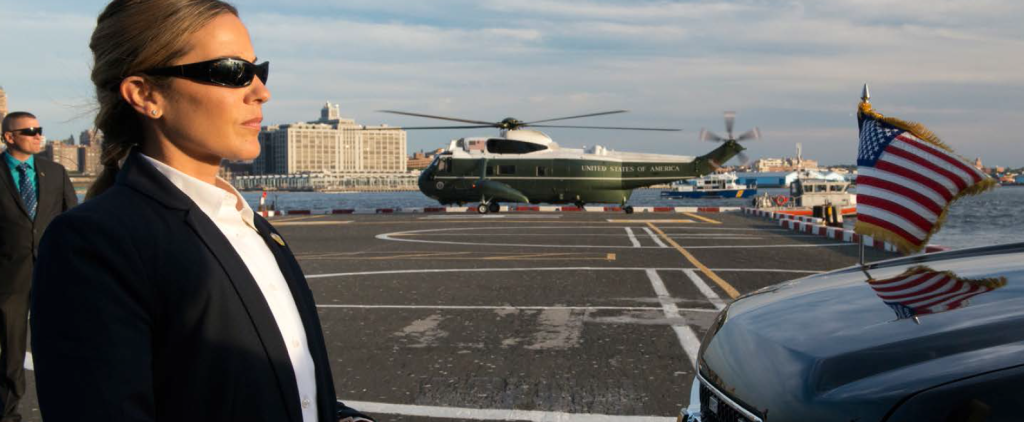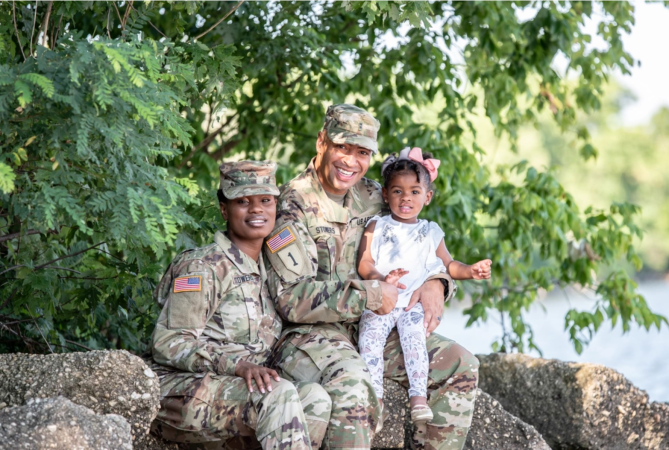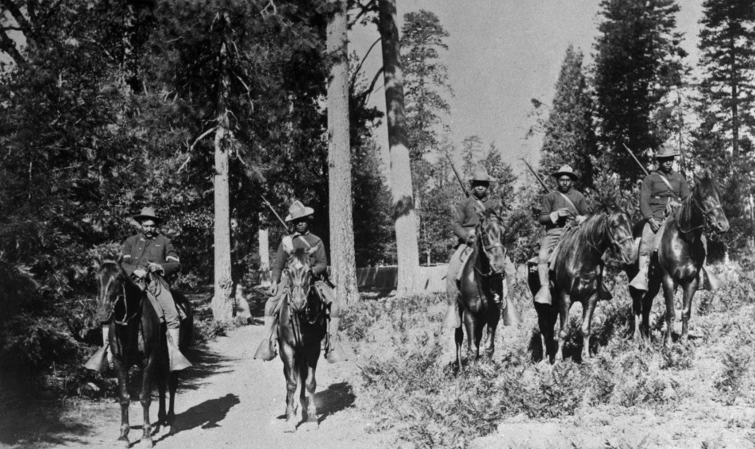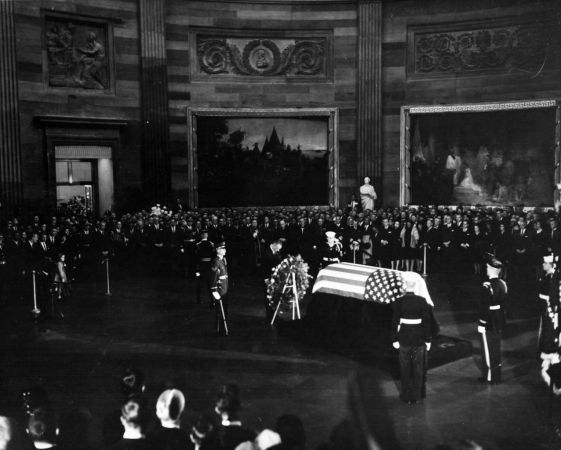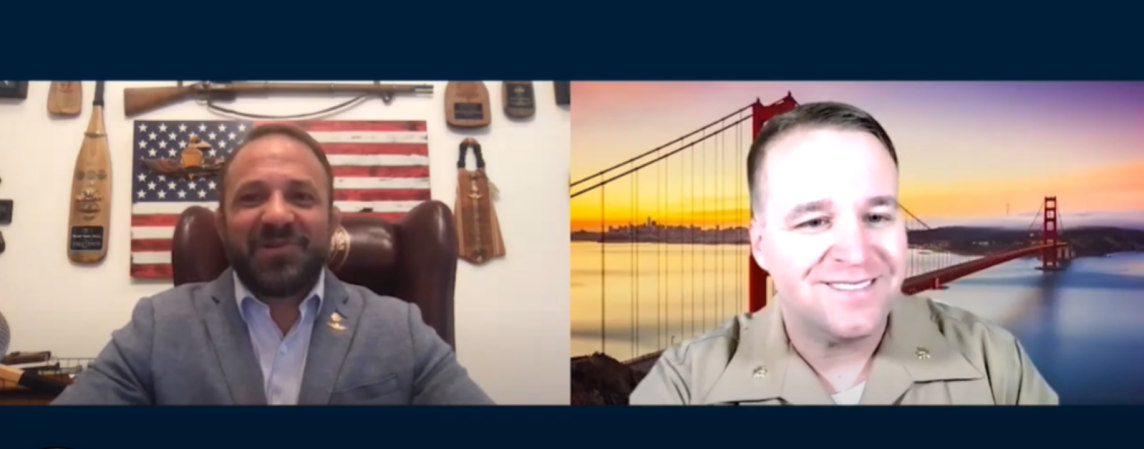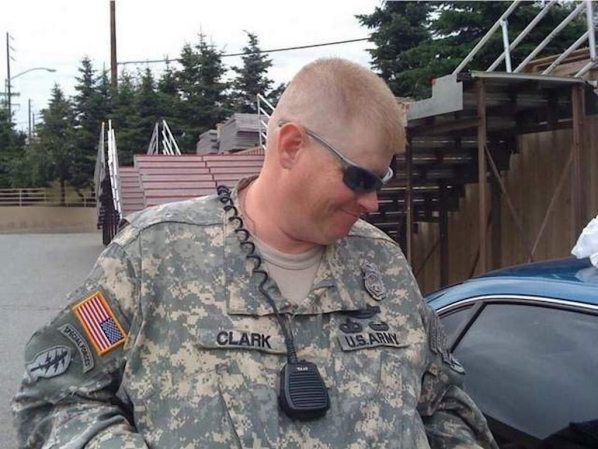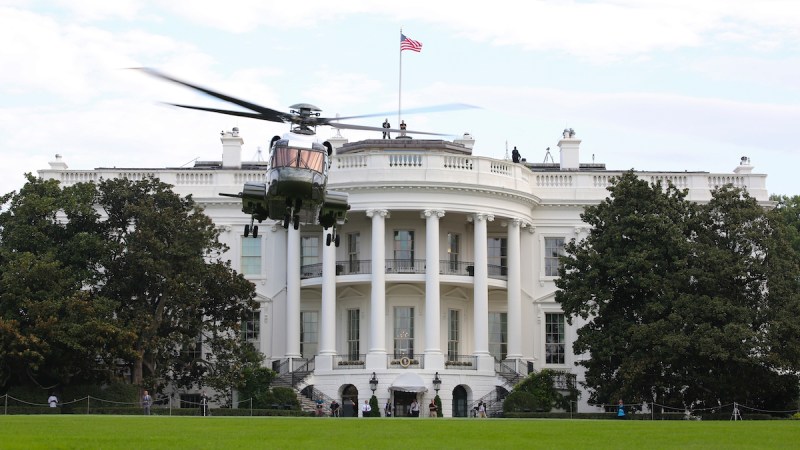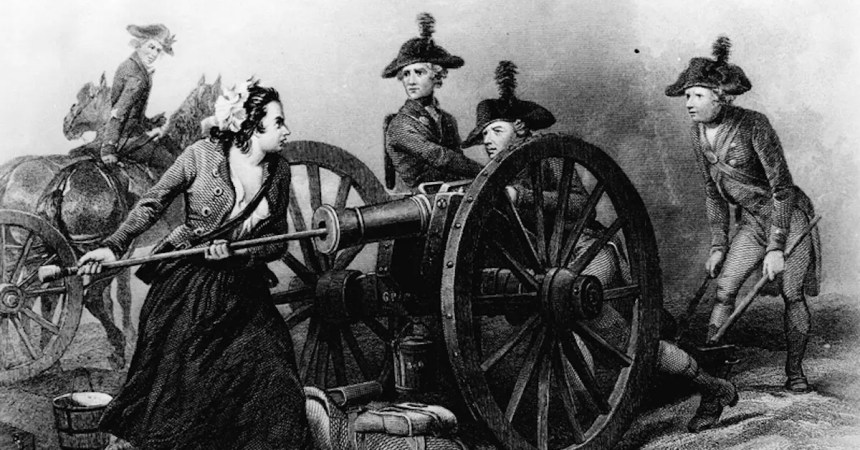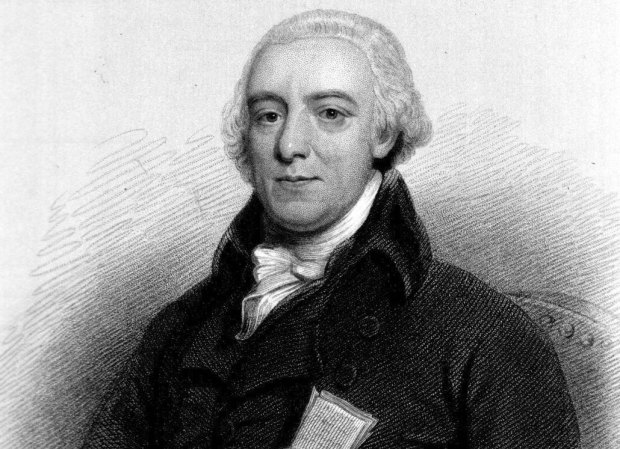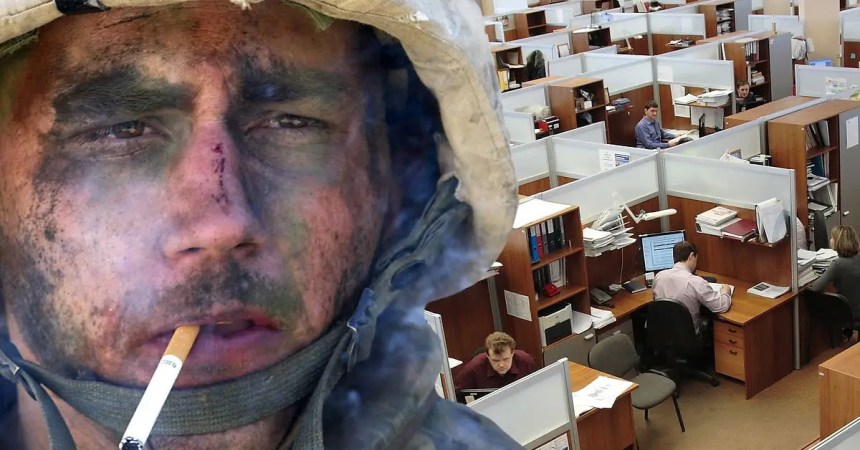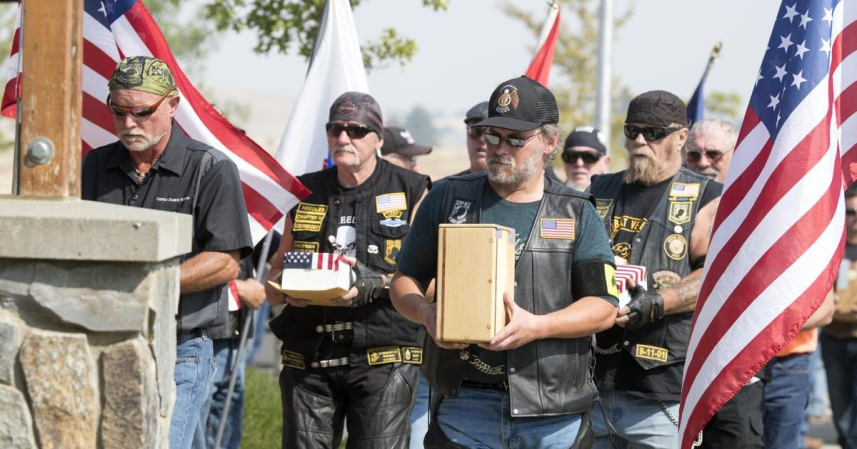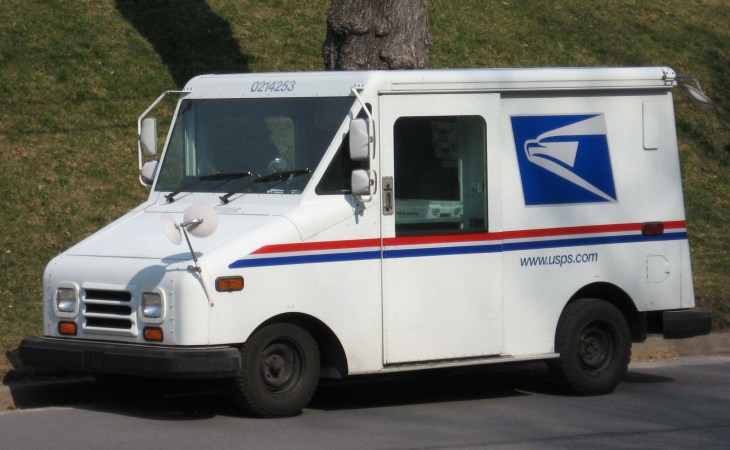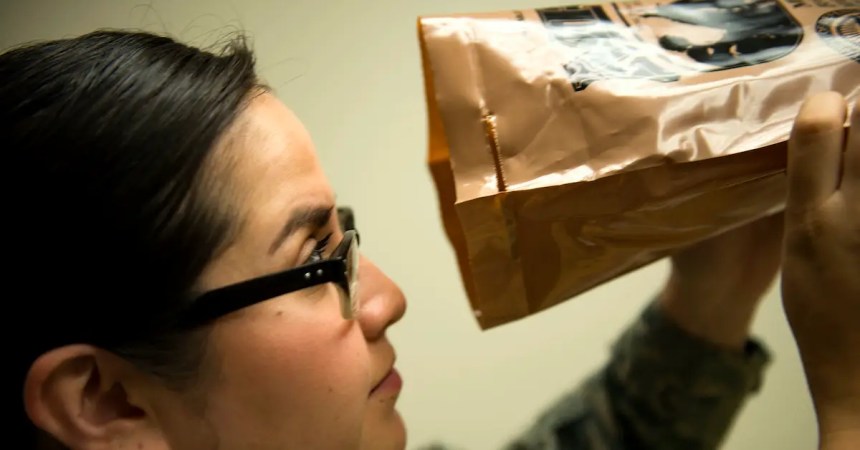Though their name is one of the most well-recognized of the Federal Government, little is truly known about the Secret Service. After all, most of their missions, methods, and personnel is … well, a secret.

However, we do know much about the entity’s past, including how it came to be. The United States Secret Service, or USSS, was created in 1865 by Abraham Lincoln. Their initial focus was to help cut down on counterfeit currency. (At the time, as much as ⅓ of all money was fake. One-third!) Because they were given federal jurisdiction, the USSS soon began looking into all types of crimes, in addition to counterfeit operations, including murders, gambling and robberies.

By 1901, they were given their first presidential duty, when William McKinley was assassinated. A year later, they had landed the gig as a full-time operation. The USSS was also the first domestic intelligence and counterintelligence agency, which was later passed to the Federal Bureau of Investigation (FBI) when it was founded in 1908.
Then, in 1909, came the first international meeting of an American and Mexican president, when William Taft was set to meet with Porfirio Diaz in both El Paso, Texas and Ciudad Juarez, Mexico. Soon, security threats began appearing, including serious threats of assassination. This called for the USSS to research said threats and bring in extra manpower, including the Texas Rangers, U.S. Marshalls, and more than 4,000 troops. A supposed assassin was found with a palm pistol hidden on his body; he was captured without incident, but had made it in close proximity to the presidents.
This was considered one of the USSS’s largest operations of the time, and was also listed as a success. The service continued to operate, with the protection of the president and other main politicians serving as one of their main duties.
Assassination attempts
The USSS thwarted an assassination attempt against Harry Truman in 1950 when two Puerto Rican nationalists opened fire. One member of the Secret Service was killed during this attempt and has been the only member to die while protecting a president.
In 1981, shots were fired at Ronald Reagan, however, special agent Tim McCarthy blocked him, taking the bullet in his chest. He recovered from the injury.
However, after the assassination of Robert Kennedy (who was killed five years after his brother and president, John F. Kennedy), Congress changed the law, asking for the protection of major candidates, in addition to presidents themselves. With the request, all notable presidential and vice presidential candidates gained protection from the USSS. What’s more, is that they granted lifetime protection for former presidents, spouses of former presidents (which stops if they get remarried), and kids of former presidents until they reach 16 years old.

Expanded coverages
In the mid-1980s, Congress added another task to the USSS’ plate: credit card fraud and computer fraud. As these technologies did not exist when they were first founded, the expansion allowed them to continue their efforts into the modern world.
This was mirrored in the 1990s when they started launching sting operations against telephone and computer hackers alike. (A lawsuit was brought against them for causing their own damages on one particular sting gone awry.)
Within a few years they had made more than 25 electronic crimes task forces (ECTFs) dedicated to electronic crimes. It includes USSS members, as well as other federal officers, academic professionals and local law enforcement individuals.
In 1999, the USSS got one of their biggest upgrades yet: a headquarters of its own at the United States Secret Service Memorial Building in Washington, DC. Despite having been in existence for more than 130 years, they had been renting office space throughout the city. Today they have more than 136 remote offices throughout the U.S., including international locations where they work hand-in-hand with Interpol and Europol.

